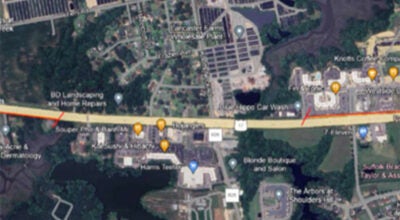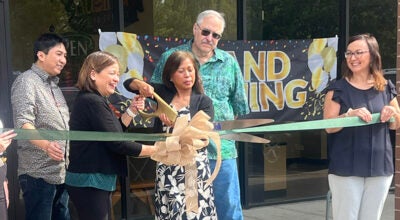Lafayette Day in Virginia
Published 8:00 am Friday, March 15, 2024
|
Getting your Trinity Audio player ready...
|
By Frank and Gloria Womble
Editor’s Note: This is the second in a series of biweekly articles leading up to the bicentennial celebration.
General Lafayette, the close friend of George Washington and hero of the American Revolution, received many accolades after his major contributions to winning the Revolutionary War and founding our nation. One of the more significant is his designation as an honorary citizen of the United States.
On Dec. 28, 1784, the Maryland General Assembly passed a resolution stating that Lafayette and his male heirs “forever shall be … natural born Citizens” of the state. This made him a natural-born citizen of the United States under the Articles of Confederation and as defined in Section 1, Article Two of the United States Constitution. Other colonies soon followed, including Virginia in 1785. Lafayette boasted in 1792 that he had become an American citizen before the French Revolution created the concept of French citizenship.
The U. S. State Department, however, determined in 1935 that these measures did not result in Lafayette becoming a United States citizen following the ratification of the U. S. Constitution in 1789. That changed in 2002 when Lafayette became the sixth foreign national to be given honorary American citizenship by Congress. To date, he is one of only eight individuals thus honored.
In 2015, Virginia officially honored Lafayette with a state resolution designating March 14 every year as Lafayette Day. This date is celebrated annually by the American Friends of Lafayette with ceremonies in the Virginia State Capitol in Richmond.
The Virginia state resolution recounts several significant events during Lafayette’s activities in Virginia during the American Revolution. It begins with Lafayette’s arrival at Yorktown on March 14, 1781 to being a campaign in Virginia. The resolution notes that Lafayette’s forces were both outnumbered and poorly supplied, forcing Lafayette to use a strategy of limited engagement. He also pledged his own money to provide shoes and clothing for his soldiers.
The resolution recounts that Lafayette was “instrumental in convincing Louis XVI, King of France, to support the American colonies, directly contributing to the victory at Yorktown.” Lafayette returned to the United States on April 28, 1780, after this successful diplomatic mission aboard the French frigate Hermione. An exact replica of Hermione would arrive at Yorktown on June 7, 2015. In light of this impending event, the resolution encouraged “all Virginians, especially its students reflect on and learn from Lafayette’s example of heroism, courage, and commitment to freedom and democracy.”
The resolution concludes by proclaiming that “Lafayette loved America so much that he was buried in Paris under soil from Boston’s Bunker Hill, and for his accomplishments in service to both France and the United States, he is known as The Hero of Two Worlds.” Six panels explaining Lafayette’s importance to our nation’s history are on display at the Suffolk Visitor Center through March 15.
The American Friends of Lafayette is partnering with the Suffolk 250 Committee and the Constantia Chapter, Daughters of the American Revolution, to commemorate the bicentennial of Lafayette’s return with several events in 2025: A Farewell Tour memorabilia exhibit from Jan. 23 to March 1 at the Suffolk Center for the Cultural Arts; a ceremony to welcome Lafayette’s arrival on Feb. 23 at the Suffolk Visitor Center; a banquet on Feb. 25 at the Hilton Garden Inn Riverfront; and a reception on Feb. 26 at the Washington Smith Ordinary in Historic Somerton.






